The Gestapo Headquarters Museum in Warsaw Poland (also known as the Mausoleum of Memory of Martyrdom) is a must see for anyone traveling through Warsaw for its historical significance and shock factor. The Gestapo abbreviation of Geheime Staatspolizei or the Nazi Secret State Police. They are distinctively identified by the SS-logos.
Furthermore, the museum is located along Szucha Avenue. It sits in the building of the prewar Ministry of Religious Beliefs and Public Education. Also, ironically, the building grounds are now home to Poland’s administrative buildings. Notably, The Ministry of Foreign Affairs and Ministry of National Education.
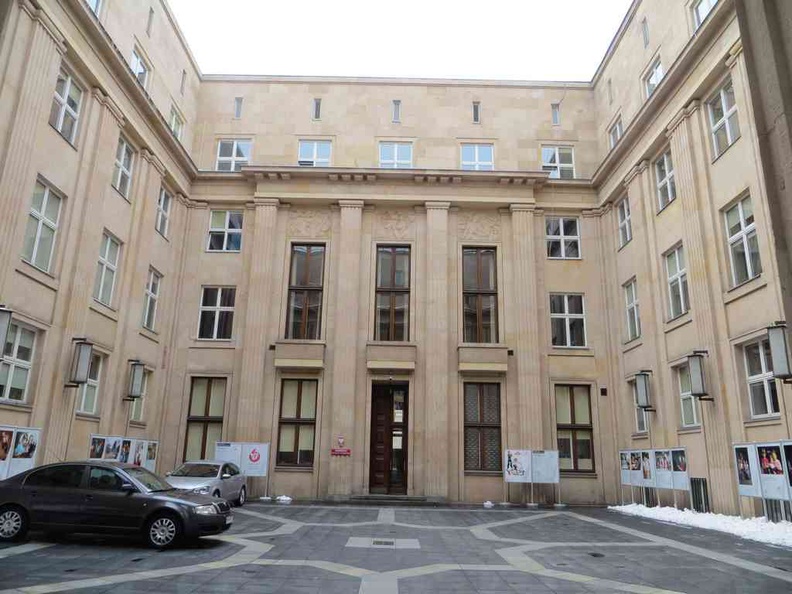
Moreover, the museum was mostly preserved “as it is” after Warsaw’s liberalization. Also, the museum exhibits preserves the original infrastructure. This include original narrow corridors and basement prison cells which make up the underground complex. Notably, you can’t tell its an area of historical significance. It exterior looks completely like a regular administrative building.
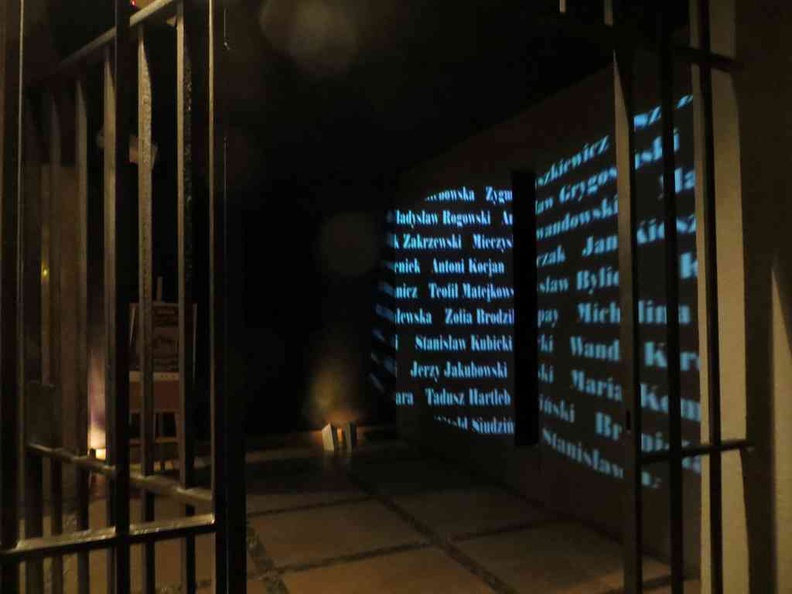
Also, a video projection screen in a jail cell greets you at the start of your journey. It follows through in a linear fashion through the various building corridors and rooms. It tells you about the Gestapo and atrocities which occurred here during the Nazi rule.
A feared address in Poland
Moreover, the Gestapo HQ is the most feared address in Poland using the Nazi occupation. The Gestapo had the authority to investigate cases of treason, espionage, sabotage and criminal attacks on the Nazi Party and Germany. The basic Gestapo law passed by the government in 1936. It gave the Gestapo carte blanche to operate without judicial oversight. Notoriously, the Gestapo were specifically exempted from responsibility to administrative courts. This allows them to commit atrocities in the name of the Nazi regime without any repercussions.
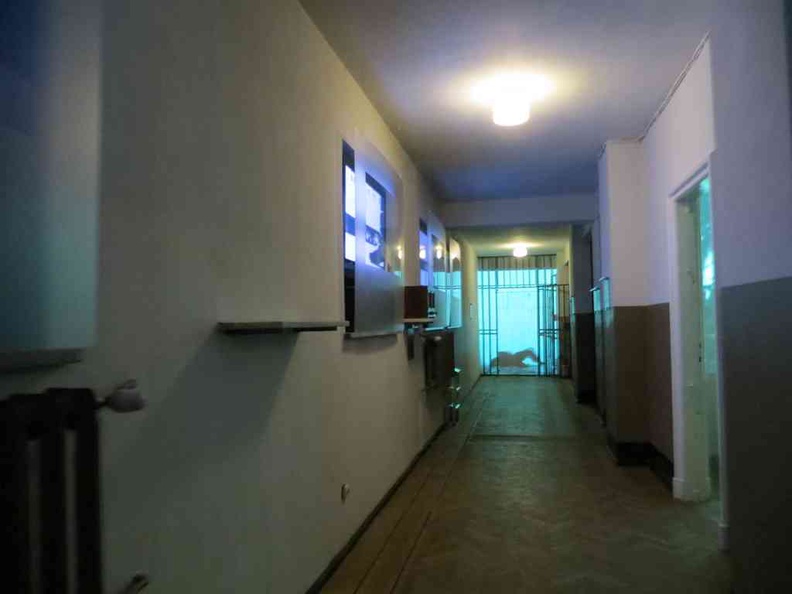
Additionally, the museum, though rather small allows you to truly grasp the horror and severity of the Gestapo. Also, the jail cells were left exactly as they were after the war. You can find markings and drawings left by the prisoners. This includes bullet hole damage on the walls. The SS prison guards were known to user firearms here and shooting cell prisoners using their rifles through door peepholes. It allows you feel how dreadful those times were.
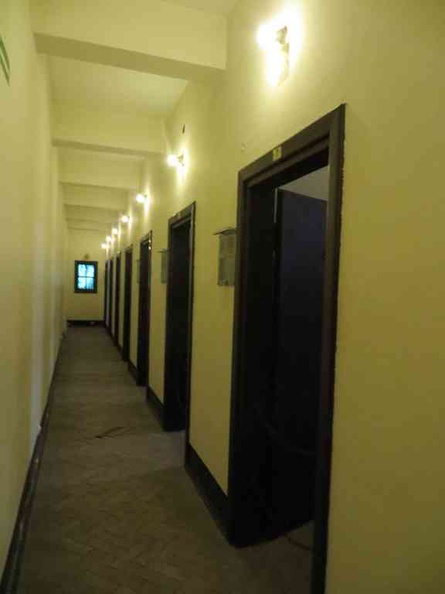
Also, the galleries teaches of the Gestapo being the official secret police of Nazi Germany and German-occupied Europe. They operated from 1933 until the group disbandment in May 1945. As told by historian Rupert Butler, anyone living in Nazi controlled territory lived in fear of a visit from the Gestapo.
Explore interrogation rooms
Furthermore, after the outbreak of World War II, the Nazis took over the building by force. They converted it into the headquarters of the Sicherheitspolizei and Sicherheitsdienst police forces. It served as the Gestop operation center. It is also original interrogation centre of the Gestapo HQ in Warsaw.
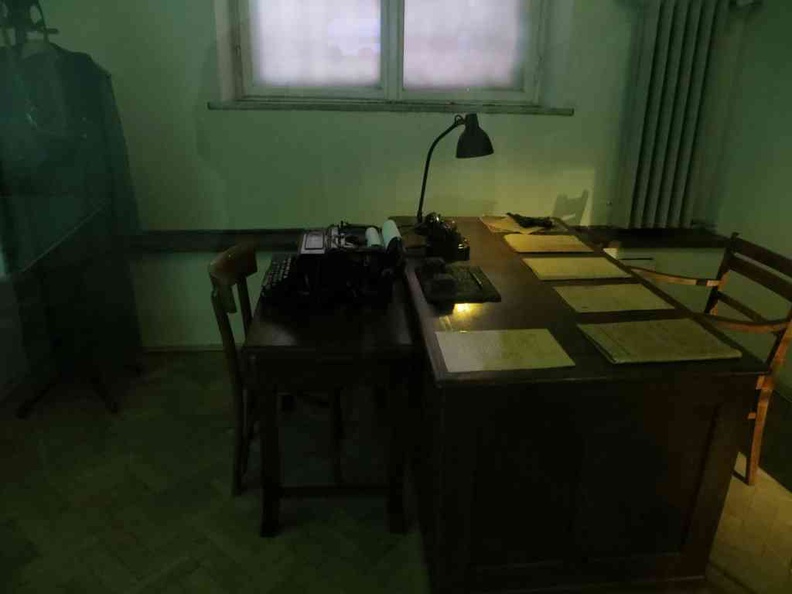
Interrogations here were not the least pleasant. Many of the prisoners were either killed or died from their injuries. Also, during the Warsaw Uprising, Germans mass-executed thousands of Poles in the surrounding areas. Prisoner corpses were disposed and cremated in nearby neighboring buildings. The extent of these killings were great. Several tons (5,578.5 kg) of human ashes human were found in the basement after the war. The ashes were subsequently relocated to the Warsaw Insurgents Cemetery.
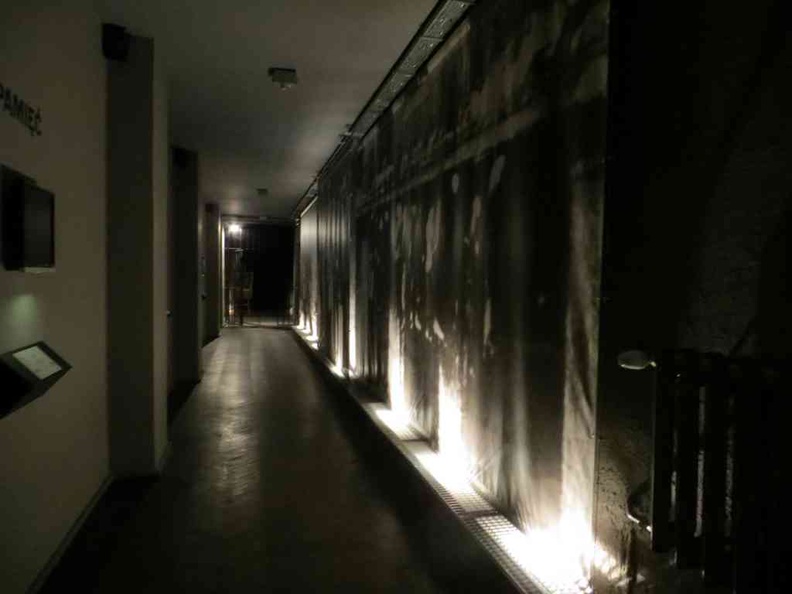
A place of martyrdom
Moreover, after the war on July 1946, the Polish government decided to designate the site as a place of martyrdom. It is a testament to the suffering and heroism of the Poles. Also, due to the number of deaths in the basement, the people Warsaw treated the place as a cemetery. You can find flowers and lit candles placed by visitors here.
All in all, the museum is one to visit yourself to believe. It is through history learning that such events won’t happen again. It is one of mourning, education and one of awe and shock. In size, the Gestapo Headquarters is not big in size. Also, it takes about under an hour to explore the various galleries. The Museum Mausoleum of Struggle and Martyrdom, is open 9:30am to 5:00pm daily, and closed on every Mondays and Tuesdays. Do check it out when you are around in Warsaw City.



